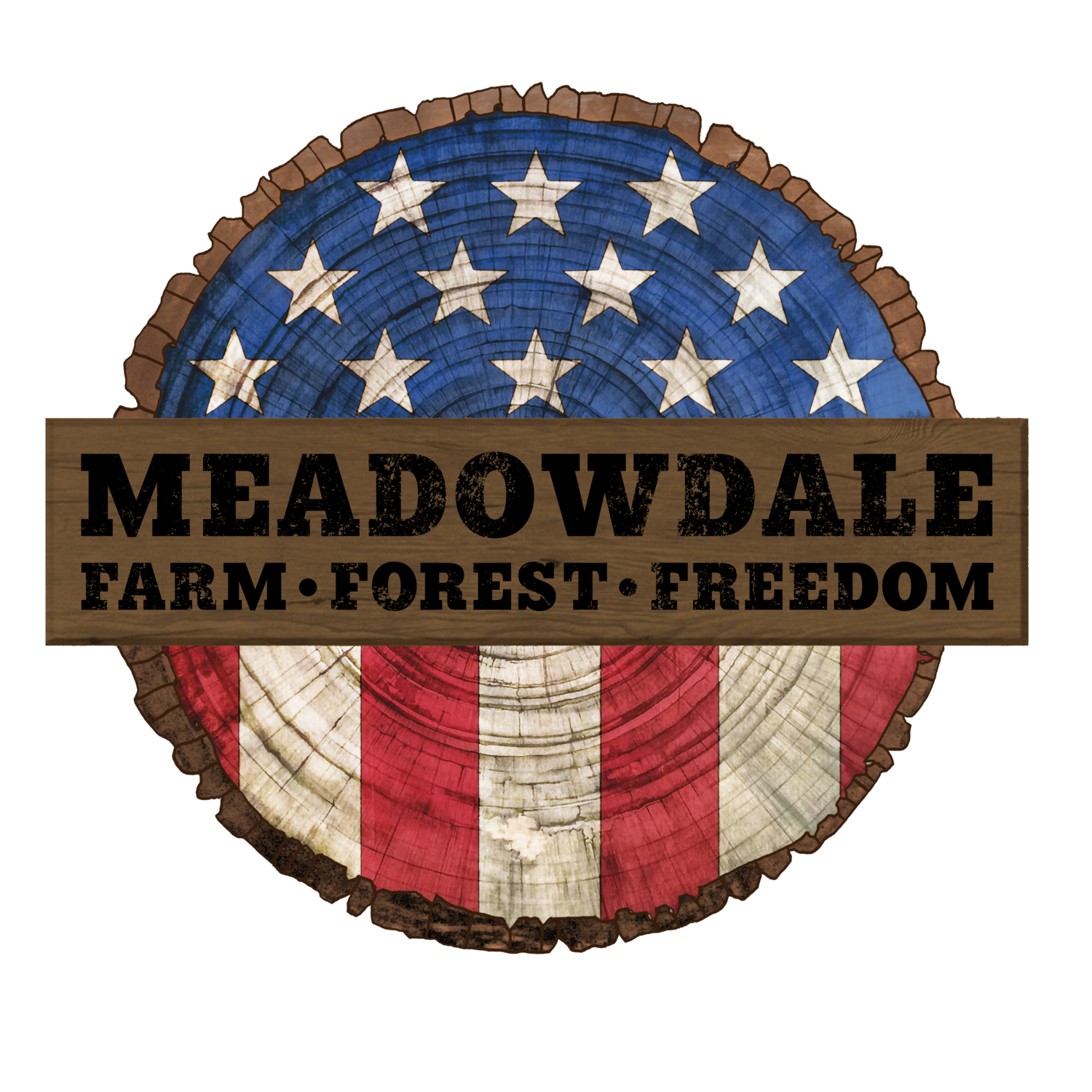It’s spring which means fiddlehead season!
Most of the fiddleheads that us humans eat are just the toddler stage for "Matteuccia Struthiopteris", otherwise known as Ostrich Ferns. They've already pushed through damp spring soil, yet haven't unfurled their gorgeous waving green frond. There are other types of ferns that are edible, but the ostrich fern is one of the most commonly consumed one in New England. It’s vitally important though that you:
1.) Pick your fiddleheads in a safe area away from train tracks or the side of roads where pesticides or herbicides could have been sprayed…or dogs with parasite filled poo have used as a bathroom area. Stay away from any buildings where lead paint may have been scraped and is in the soil. If you're in an frequently flooded area consider when the last flood waters receded and how clean that water was. (Some Vermont waterways have municipal sewage treatment plants that overflow into them in the spring.) I don't want to gross you out, but just use common sense and think about harvest area safety.
2.) Don’t ever EVER over harvest fiddleheads. If you just moved to Vermont and find an awesome spot (that 10 families have harvested for generations and relied upon as their spring vegetable) please don’t pick them all. It’s even more bad karma when you pick them all and then sell them to the local health food store! Yes, this happened a few years ago here in Putney. I really recommend picking them ONLY on your own land, or ask the landowner if you can take something that is growing on their property. They pay the taxes, they own the stuff growing there. Be kind and harvest responsibly. If you do pick them on someone else's land give them a bit of your harvest.
3.) Spring is when we see a TON of ticks here in New England and they love damp areas, so fern habitat is also tick habitat. Use Permethrin treated clothing, bug spays, and do a tick check when you come back from harvesting.
Ok. Back to preparing these babies!
It is SUPER important that you clean your fiddleheads AND cook them thoroughly. When cooked properly they can supply you with Iron, Vitamin C and Omega fatty acids. Harvest them with a knife you have sterilized. I like to keep a few of those alcohol wet wipes with my harvest gear. I place fiddleheads into a clean ziplock bag or clean colander. Because fiddleheads have so many hard to clean nooks and crannies it's important to think of cooking them like you would a piece of meat.
-Soak in clean water and peel off the brown papery leaf with clean hands.
-Rinse again in clean water.
-Bring a saucepan of salted water to a boil and simmer fiddleheads for 15 minutes. Or, you can steam them for 12 minutes.
-Rinse in cold water and drain. Now they’re ready to use in stir-fries, egg dishes, tacos, and salads. You can keep them in the fridge, but use them up quickly.
------------------------------------------------------------------
Fiddlehead Tacos with Bacon (for 4 servings)
-Pan fry 1 lb. diced bacon
-Add 1 cup of prepared Fiddleheads, 1 small sliced onion, and 1/4 of a jalapeno pepper (to suite your taste)
-While veggies are sautéing beat 6 eggs with a splash of milk
-Drain bacon fat. Add a pat of butter to pan and lower the heat to low while you scramble the eggs.
-Add salt and pepper. Serve with warm corn tortillas and top with shredded cheddar cheese.

